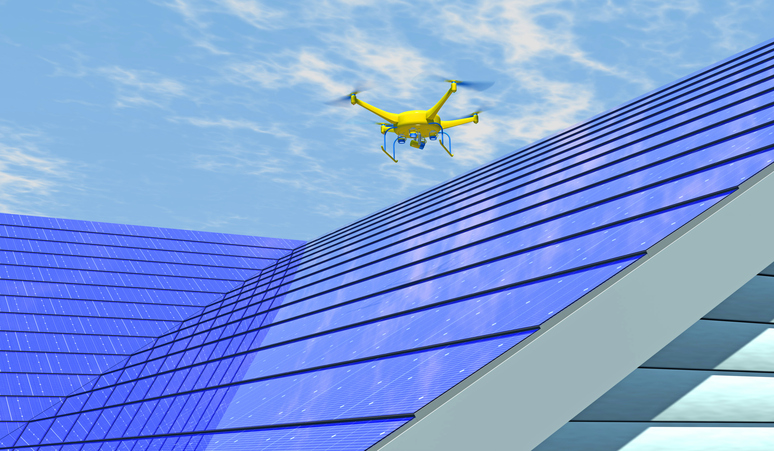Over the past five years, unmanned aerial vehicles (UAVs, also known as drones), have become increasingly common in the assessment industry. Among their many applications, one of the most valuable is in conducting roof assessments.
When an insured roof is damaged, either by a natural disaster or human-caused incident, the insurance agent is one of the first people to know, and one of the insurance agent’s first actions is to call an inspector. At this point, you need an accurate roof assessment as quickly as possible so you can make decisions.
Traditionally, this has involved finding an experienced engineer or roofing contractor who could get on site immediately, climb up on the roof, and assess the damage. If the roof was inaccessible due to height, location, or instability, decisions might have to be made on a “best guess” basis.
When your roof assessment company uses drones, however, everything changes.
One: Your Roof Assessments Happens Faster
Roofing experts are busy people. Finding one to respond immediately to your insured’s catastrophe can be challenging, especially if the catastrophe has impacted an entire region. Photography-equipped drones, however, make the process much faster and easier. Instead of the roofing expert dropping everything to run to your disaster site, your assessment firm deploys an operator team to each site. The assessment itself takes a fraction of the time, and requires no special equipment besides the drone and its photography equipment, all of which is lightweight and portable. The resulting data can be streamed live, or delivered in a single package, to a roofing specialist in the office, making it possible for the expert to evaluate multiple roofs at a time.
Two: You Can Assess the Inaccessible
During the response to Hurricane Harvey, our team assessed dozens of roofs that even five years ago would have been completely inaccessible. Without drones, these roofs would have required large and expensive scaffolding or lifting equipment, which would have been impossible to source and even harder to transport through a region in the midst of disaster recovery. Instead, we were able to send drones up to collect accurate measurements and visual imagery, which provided solid data from which our experts provided insurance companies with fast, quality roof assessments.
Three: Your Roof Assessment Data Integrates With Your Systems
Thanks to software integrations, drone-collected data can now be streamed directly into whatever format your process requires. Whether you’re working from AutoCAD files, Excel spreadsheets, or comma-delimited lists, everything from measurements, slopes, images, and damage extent data can be managed quickly, easily, and in a standardized format.
Four: Your Roof Assessments Includes New Information
Coupling drones with infrared cameras and other technologies makes new information available to assessors. For instance, after a hurricane, water intrusion is a major source of covered damage. With an infrared camera-equipped drone, an assessor can quickly identify areas of water intrusion that might not be visible to the naked eye. This makes it easy to see whether water is coming in around chimneys, skylights, or other apertures, or has blown up under roofing materials. It also makes it possible to identify areas that may harbor otherwise hidden water damage, enabling faster and less costly remediation.
Five: Your Roof Assessments Will Be More Cost Effective
Because drones are faster and data collection doesn’t require a professional roofing expert to travel to the site and climb on top of the structure, the use of drones is making roof assessments more cost effective for everyone.
Six: Your Roof Assessments Will Be Safer
The leading cause of workplace-related injury is slips, trips, and falls. The more often humans climb atop a structure, the more often they experience injuries. With drone-enabled roof assessment, nobody’s feet have to leave solid ground, and that means everyone stays safer.
The roofing assessment business is in a state of transition. There are still roofing assessment companies who do it the old-fashioned way, climbing up on top of buildings to clamber around and take measurements, but we believe that in most cases, this way of doing it is impractical and, in some cases, irresponsible. Check with your roofing assessment company to ensure that they’ve embraced drone technology and will provide you with all the cost, time, and safety savings they provide.
Contact GLE today for assistance with any and all of your upcoming roof assessment and consulting needs.



